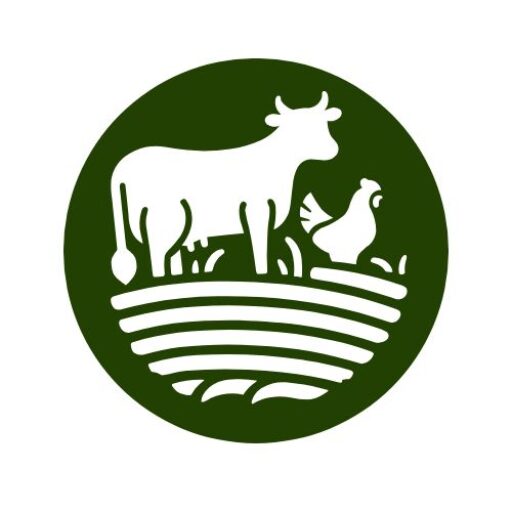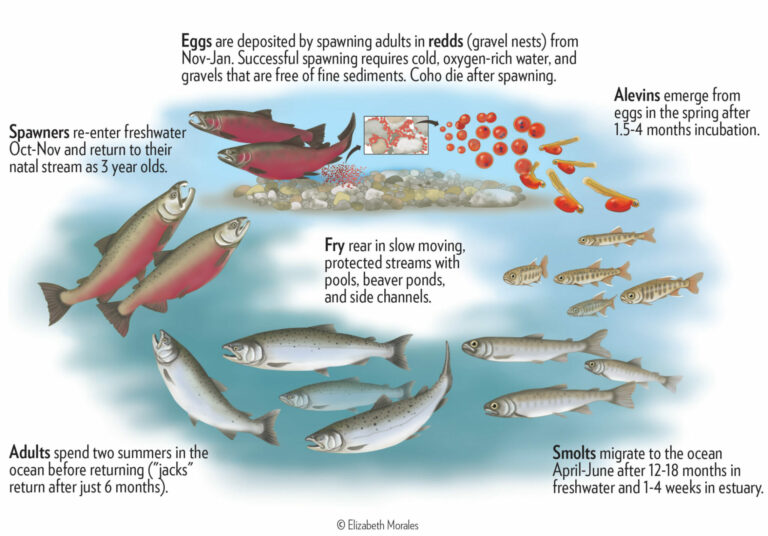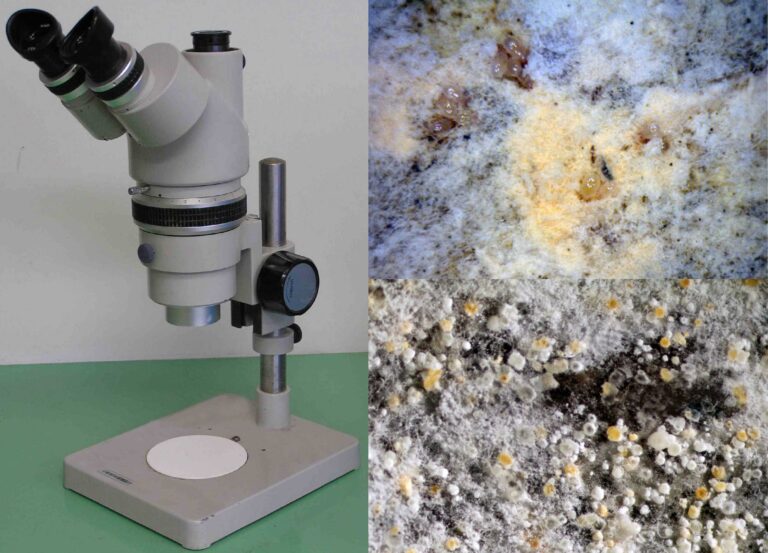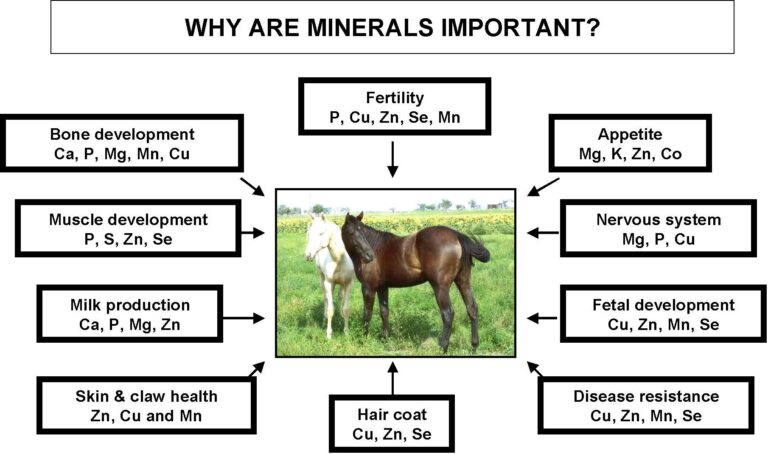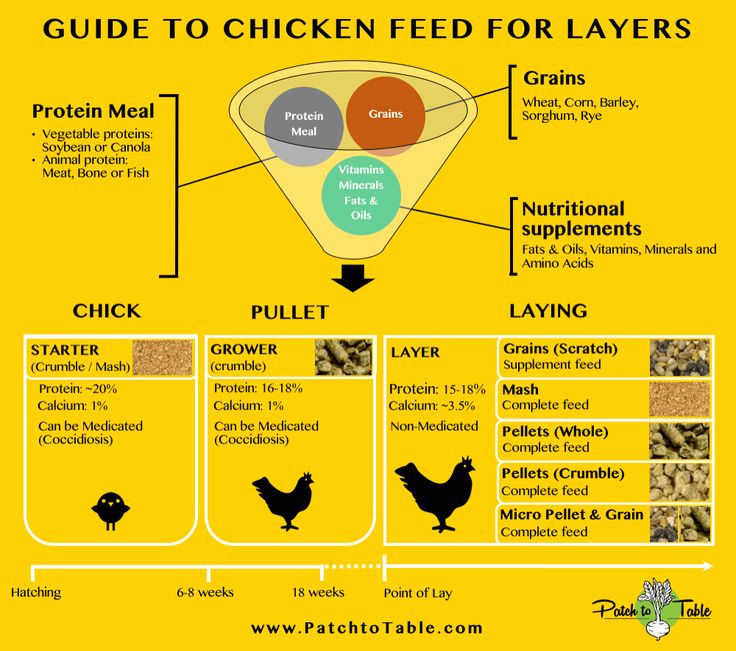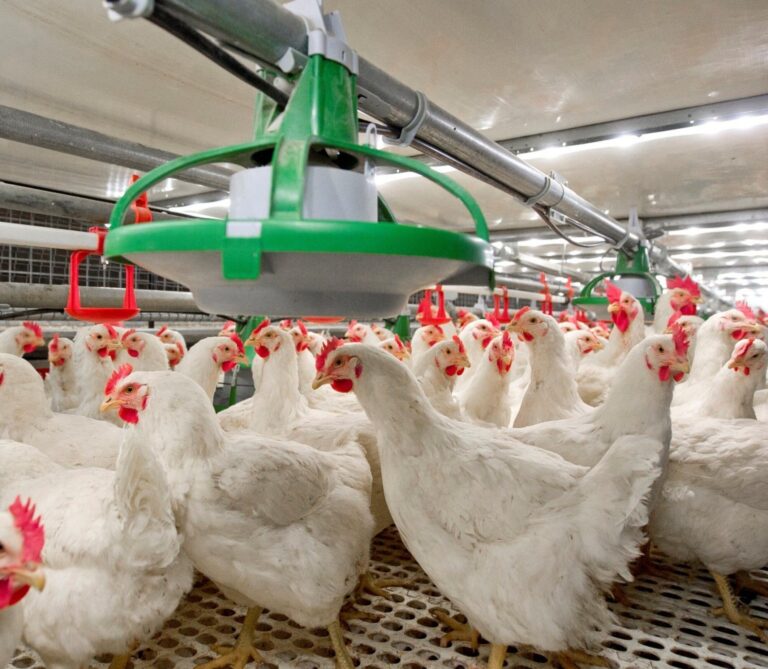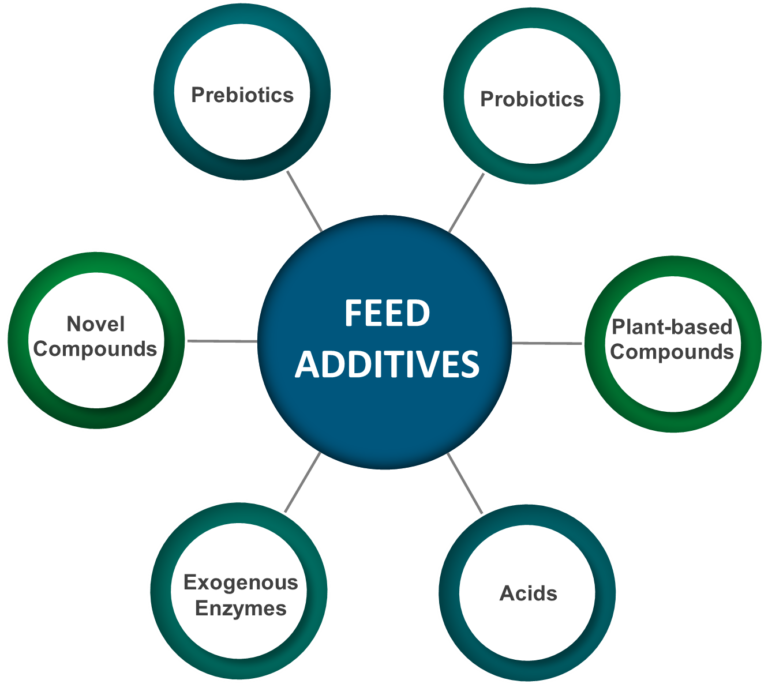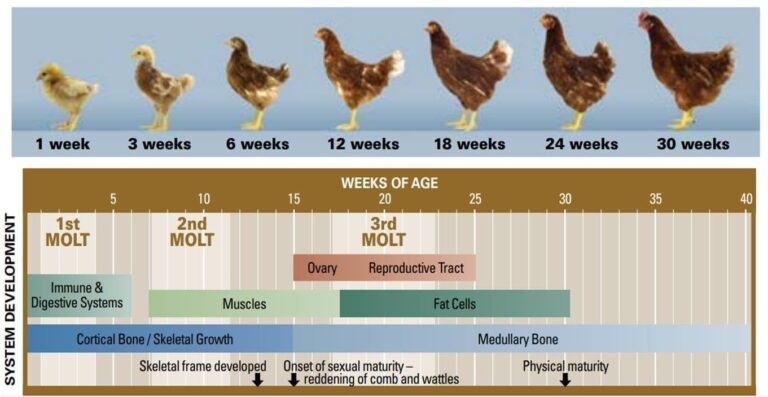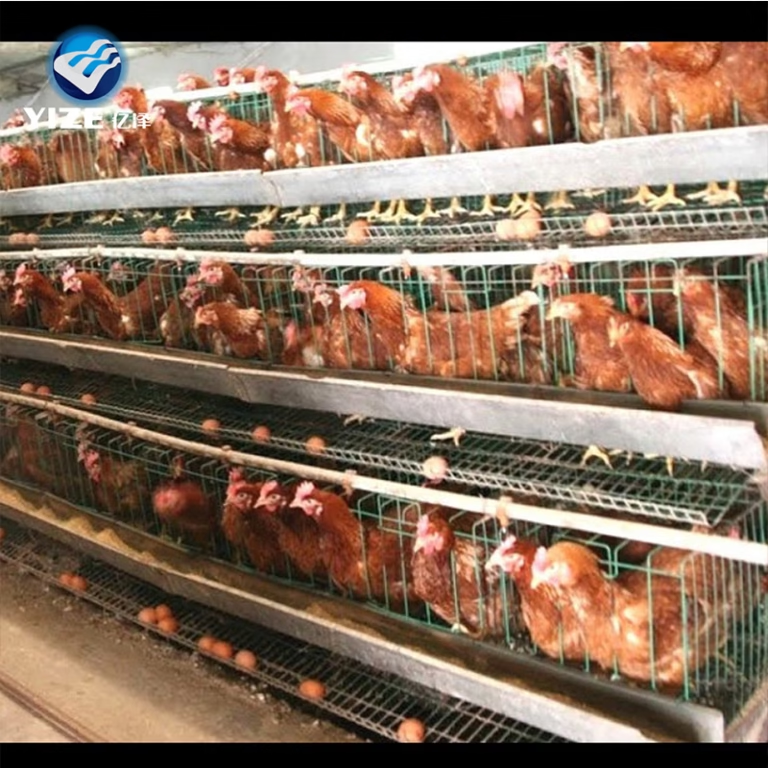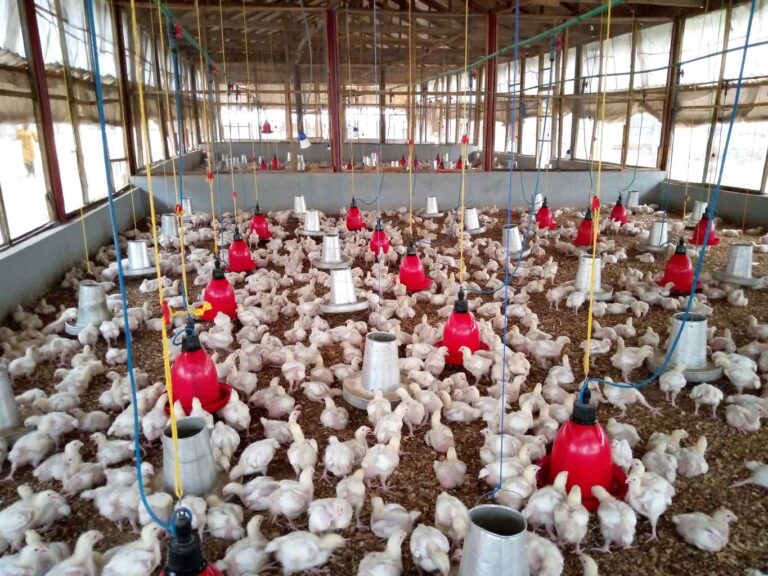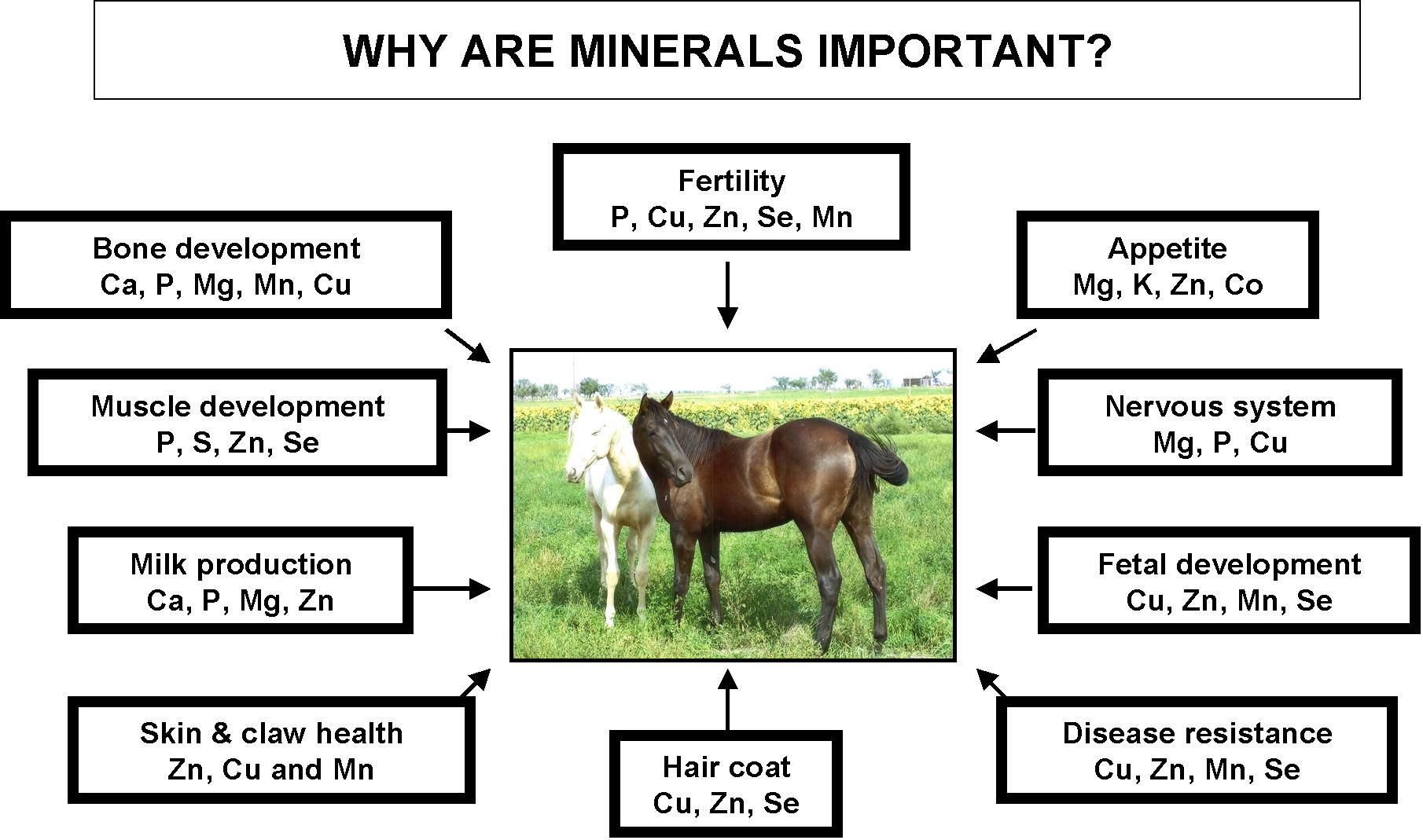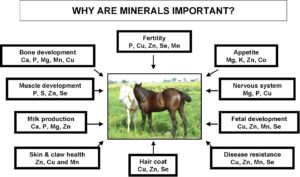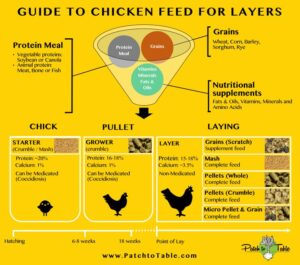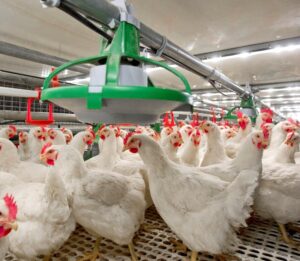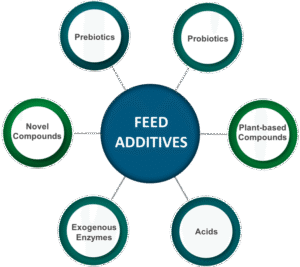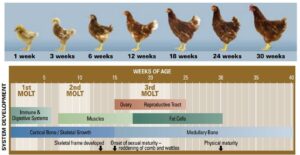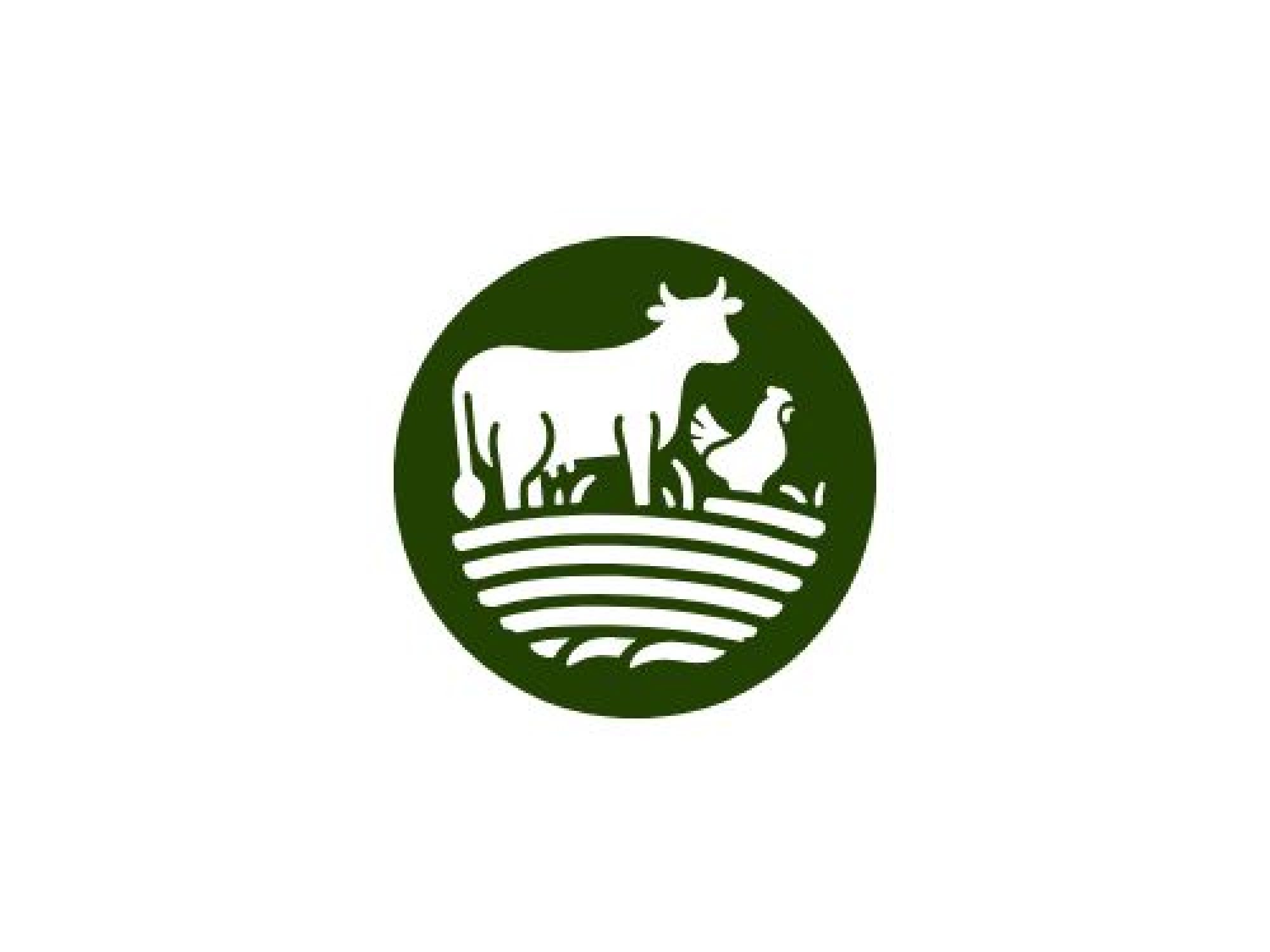Essential Minerals in Animal Nutrition
Minerals are inorganic elements vital for maintaining animal health, productivity, and reproductive efficiency. They play structural, physiological, catalytic, and regulatory roles in metabolism.
Thank you for reading. Don't forget to subscribe & share!
1. Classification of Essential Minerals
| Category | Minerals Included | Required Level |
|---|---|---|
| Macrominerals (Major Elements) | Calcium (Ca), Phosphorus (P), Sodium (Na), Chlorine (Cl), Potassium (K), Magnesium (Mg), Sulfur (S) | >100 mg/kg of diet |
| Microminerals (Trace Elements) | Iron (Fe), Copper (Cu), Zinc (Zn), Manganese (Mn), Iodine (I), Selenium (Se), Cobalt (Co), Molybdenum (Mo), Chromium (Cr), Fluorine (F), Nickel (Ni) | <100 mg/kg of diet |
2. Essential Macro Minerals
Calcium (Ca)
- Role: Bone and teeth formation (forms hydroxyapatite with P), muscle contraction, nerve function, blood coagulation, and enzyme activation.
- Deficiency: Rickets in young, osteomalacia in adults, thin-shelled eggs, milk fever in dairy cows.
- Sources: Limestone, bone meal, dicalcium phosphate.
Phosphorus (P)
- Role: Component of bones, ATP, nucleic acids, and phospholipids; essential in energy transfer.
- Deficiency: Poor growth, reduced fertility, weak bones.
- Sources: Dicalcium phosphate, cereals, bone meal.
Sodium (Na) & Chlorine (Cl)
- Role: Maintain osmotic pressure, acid-base balance, and nerve impulse transmission.
- Deficiency: Pica, reduced appetite, poor growth.
- Sources: Common salt (NaCl).
Potassium (K)
- Role: Osmotic regulation, muscle contraction, enzyme activation.
- Deficiency: Muscular weakness, heart problems.
- Sources: Forage, molasses, soybean meal.
Magnesium (Mg)
- Role: Cofactor in over 300 enzyme systems, neuromuscular function, bone mineralization.
- Deficiency: Grass tetany in ruminants, hyperexcitability.
- Sources: Green fodder, mineral premix.
Sulfur (S)
- Role: Component of amino acids (methionine, cysteine), vitamins (biotin, thiamine).
- Deficiency: Reduced wool growth in sheep, poor microbial protein synthesis in rumen.
- Sources: Leguminous forages, sulfur-containing supplements.
3. Essential Micro Minerals
Iron (Fe)
- Role: Component of hemoglobin, myoglobin, and cytochromes; oxygen transport and cellular respiration.
- Deficiency: Anemia, poor growth, pale mucous membranes.
- Sources: Blood meal, ferrous sulfate.
Copper (Cu)
- Role: Iron metabolism, pigmentation, connective tissue formation, immune function.
- Deficiency: Anemia, depigmentation of hair/wool, bone disorders.
- Sources: Copper sulfate, mineral premix.
Zinc (Zn)
- Role: Enzyme cofactor (over 200 enzymes), keratin synthesis, wound healing, immune response.
- Deficiency: Parakeratosis, poor feathering, delayed wound healing.
- Sources: Zinc oxide, zinc sulfate.
Manganese (Mn)
- Role: Bone formation, reproduction, enzyme cofactor (pyruvate carboxylase, superoxide dismutase).
- Deficiency: Perosis (slipped tendon), poor eggshell quality.
- Sources: Manganese sulfate, feed-grade Mn oxide.
Iodine (I)
- Role: Thyroid hormone synthesis (thyroxine and triiodothyronine).
- Deficiency: Goiter, reduced fertility, weak offspring.
- Sources: Iodized salt, seaweed.
Selenium (Se)
- Role: Component of glutathione peroxidase; protects against oxidative stress.
- Deficiency: White muscle disease, retained placenta, reduced fertility.
- Sources: Sodium selenite, selenomethionine.
Cobalt (Co)
- Role: Component of vitamin B12; essential for rumen microbial synthesis.
- Deficiency: Loss of appetite, anemia, poor growth in ruminants.
- Sources: Cobalt chloride, cobalt carbonate.
Molybdenum (Mo)
- Role: Cofactor in enzymes (xanthine oxidase, nitrate reductase).
- Deficiency: Rare, but excess causes copper deficiency (molybdenosis).
- Sources: Legumes, mineral premix.
Chromium (Cr)
- Role: Potentiates insulin action, improves glucose utilization.
- Deficiency: Reduced feed efficiency, impaired immunity.
- Sources: Chromium yeast, mineral premix.
Fluorine (F)
- Role: Strengthens bones and teeth in trace amounts.
- Excess: Fluorosis (bone deformities, mottled teeth).
- Sources: Trace element supplements (controlled).
4. Interactions and Balance
Ca:P ratio in diet should be ~2:1 to ensure proper absorption.
- Cu:Mo:S interaction can lead to copper deficiency when Mo or S are high.
- Excess Fe can inhibit Zn and Cu absorption.
- Se and Vitamin E work synergistically against oxidative damage.
5. Summary
Minerals are fundamental for animal health, productivity, and reproduction. Both deficiencies and excesses can impair performance. A balanced mineral mixture tailored to animal type, physiological state, and feed composition is essential for optimizing animal nutrition.
